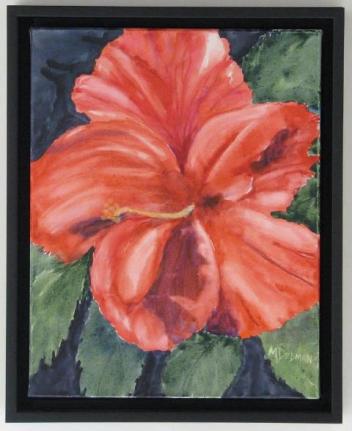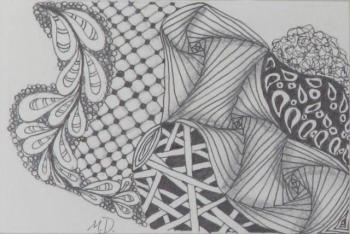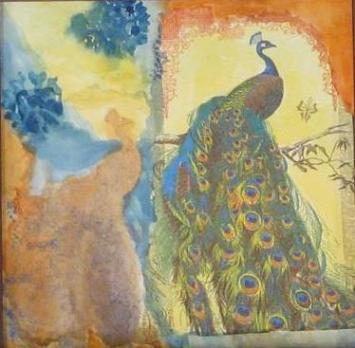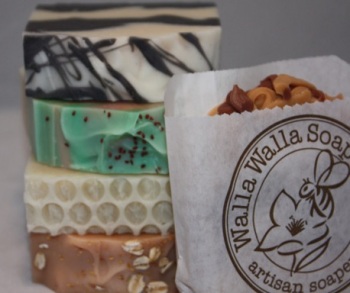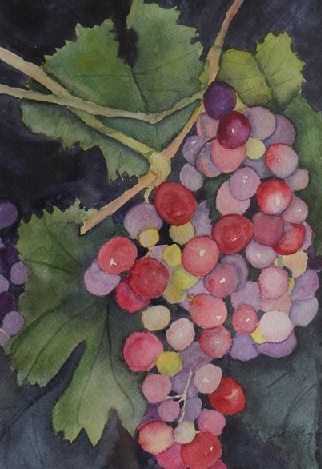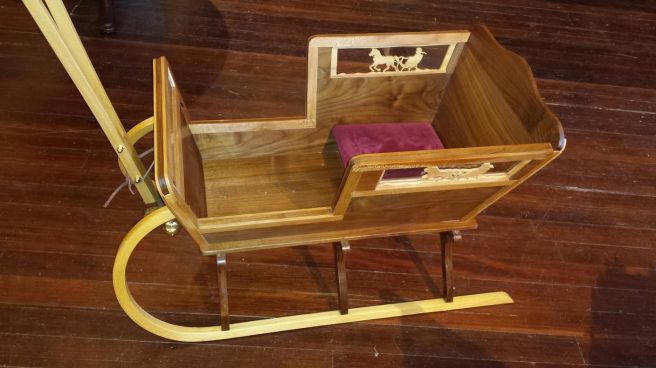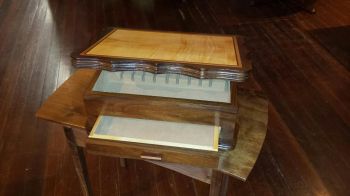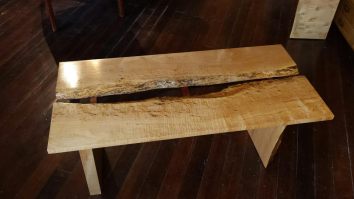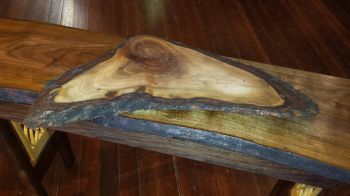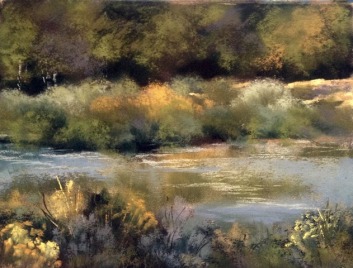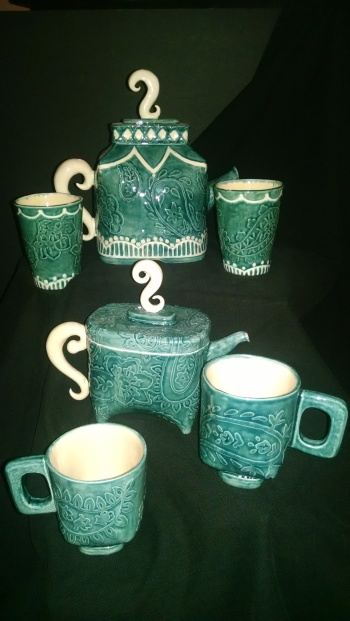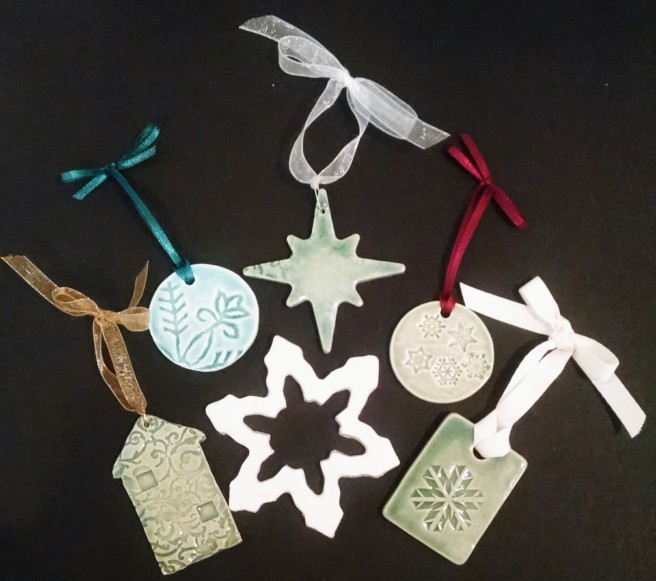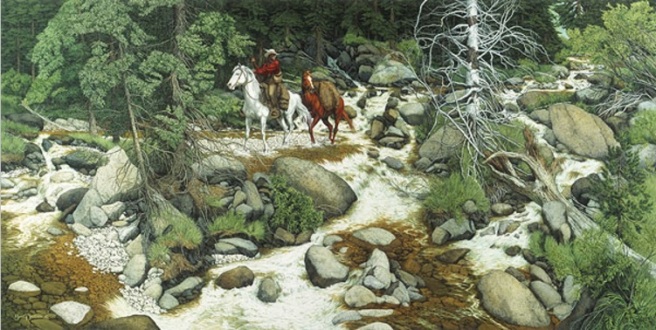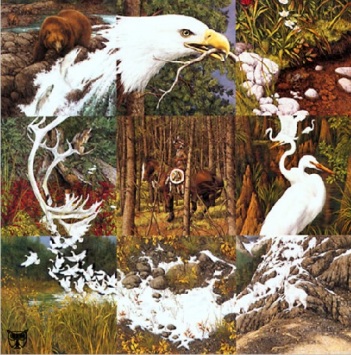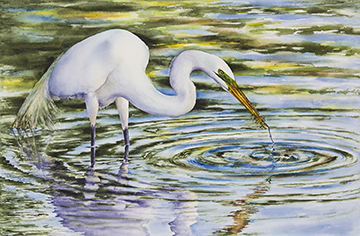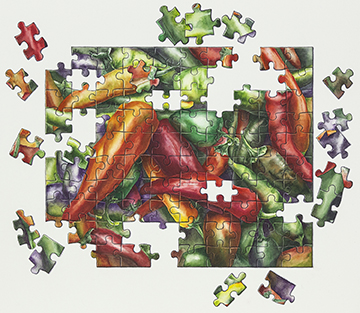
This is the story of a man, an aggregation of igneous rock, and a fictitious household servant who would have lived, if she existed, in the 18th, 19th, 20th, and 21st centuries.
The man’s name is Terry Hoon, a lifetime resident of Dayton who is presently retired from the seed processing department at Seneca. At one time, he wrangled as a steer wrestler for the Walla Walla Community College Rodeo Team.
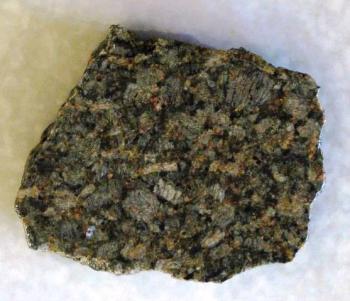
The aggregation of rock is granite, what is called an “intrusive rock,” meaning that it is crystallized when molten material — magma — flows, cools, and solidifies underground. Many of us associate it with high-end kitchen counter tops, and we are drawn to its myriad colors, which the Minerals Education Coalition describes as pink or red (from feldspar), dark brown or black (from mica), clear pink, white, or black (from quartz).
And the servant? Her name is Susan, and despite being known for her indolence — Lazy Susan — she is surprisingly ubiquitous and useful: she is a revolving stand, made of wood, stone, or other elements, that we set in the middle of the table (to hold condiments), next to the bathroom sink (to hold personal care items), inside a cupboard, or basically anyplace where we have a number of disparate items that we want to easily reach. Indeed, so serviceable is the Lazy Susan, that it seems unkind to denigrate her so.
And so, in this story, we don’t.
The man, Terry Hoon, was visiting his youngest daughter when he saw a Lazy Susan, crafted from granite, on the table. Inspired by its beauty, he went home and made one, and then, because he had a variety of granite available to him, he made another, and another. As useful as Lazy Susans are, however, one can only use so many of them, so he began to give his shaped, polished, and shining creations to friends and family. Eventually, they convinced him to get serious about selling his rock artwork.

“I got started with some rock given to me by a friend, and now I have a distributor that I work with,” Hoon says. “I choose the pieces that interest me and haul them home myself.”
From there, the rock’s final shape is determined by a chisel or a rock saw, depending upon whether Hoon wants a jagged, craggy edge or a smooth, polished one. Many times, the rock makes the final decision, splitting where it splits, and following a natural line that is not evident until pressure is applied. Each piece is as unique and beautiful as the granite itself, which, come to think of it, is a good way to view other human beings — like servants, for example, whether or not they live in the 17th century or today, and regardless of their appellation.

“It’s a great mystery,” where the name comes from, according to Sarah Coffin, head of product design and decorative arts department at the Smithsonian Institution’s Cooper-Hewitt National Design Museum, in an interview with L.A. Times writer, Bettijane Levine.
Probably created as a replacement for diminishing household help, Lazy Susans may have found their permanent name through a 1917 Vanity Fair advertisement for Ovington’s, a no longer extant New York department store. The 16-inch, mahogany table top tray mounted on ball bearings is described as follows:
“$8.50 forever seems an impossibly low wage for a good servant; and yet here you are; Lazy Susan, the cleverest waitress in the world, at your service!”
And so she continues to be, in an age when familiarity with household servants, for most people, extends to characters in Masterpiece Theater’s Upstairs, Downstairs, or Downton Abbey. But all of us can own a Lazy Susan, and thanks to Hoon, she can be elegant, tough, classy, artistic, unique, serviceable, and extremely hardworking as well.
“I choose the pieces of rock that appeal to me,” Hoon says. “I just pick what I think is pretty.”
Pretty. That’s such a better description than “lazy.”
 Terry Hoon is the featured Pacific Northwest Art Event artist from Monday, February 22 through Saturday, March 26.
Terry Hoon is the featured Pacific Northwest Art Event artist from Monday, February 22 through Saturday, March 26.
Contact the gallery, located at 219 East Main Street, Dayton, WA, by phone at 509.382.2124 or e-mail art@wenaha.com. Gallery hours are 9 a.m. to 6 p.m. from Monday through Saturday, and by appointment. Visit the Wenaha Gallery website online at www.wenaha.com.
Wenaha Gallery is your destination location for Greenwich Workshop Fine Art Prints, professional customized framing, and original fine art paintings and sculpture by notable Pacific Northwest artists. Books, gifts, note cards, jigsaw puzzles, and more are also available. Visit at 219 East Main, Dayton, WA.
This article was written by Carolyn Henderson.

